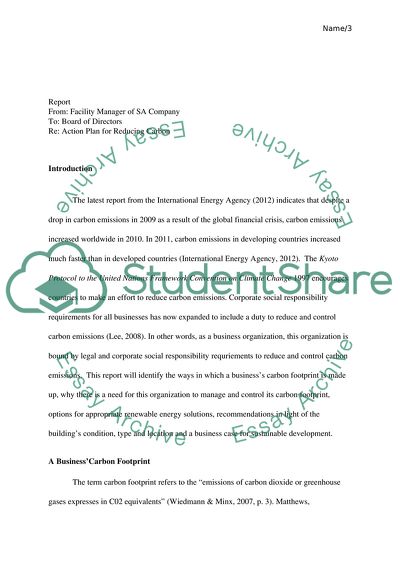Cite this document
(Carbon Reduction Action Plan Coursework Example | Topics and Well Written Essays - 4000 words - 1, n.d.)
Carbon Reduction Action Plan Coursework Example | Topics and Well Written Essays - 4000 words - 1. https://studentshare.org/engineering-and-construction/1804514-sustainable-practices-in-fm
Carbon Reduction Action Plan Coursework Example | Topics and Well Written Essays - 4000 words - 1. https://studentshare.org/engineering-and-construction/1804514-sustainable-practices-in-fm
(Carbon Reduction Action Plan Coursework Example | Topics and Well Written Essays - 4000 Words - 1)
Carbon Reduction Action Plan Coursework Example | Topics and Well Written Essays - 4000 Words - 1. https://studentshare.org/engineering-and-construction/1804514-sustainable-practices-in-fm.
Carbon Reduction Action Plan Coursework Example | Topics and Well Written Essays - 4000 Words - 1. https://studentshare.org/engineering-and-construction/1804514-sustainable-practices-in-fm.
“Carbon Reduction Action Plan Coursework Example | Topics and Well Written Essays - 4000 Words - 1”. https://studentshare.org/engineering-and-construction/1804514-sustainable-practices-in-fm.


